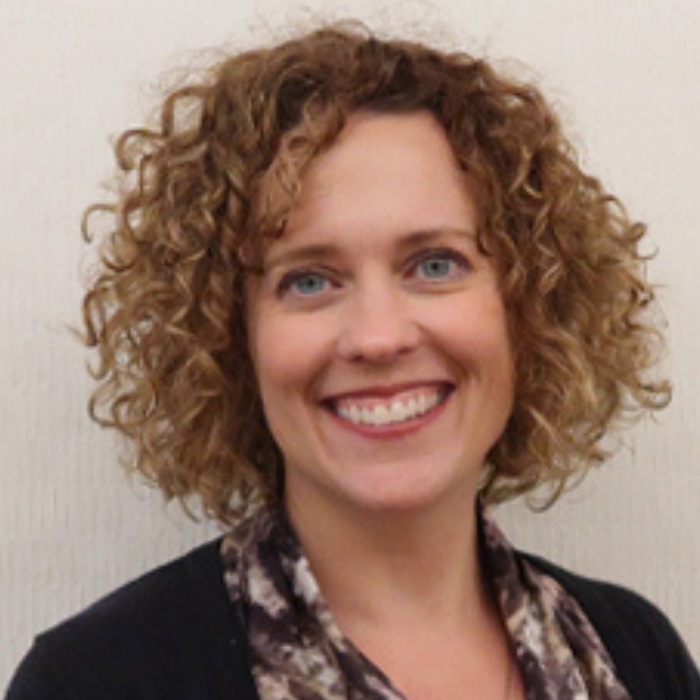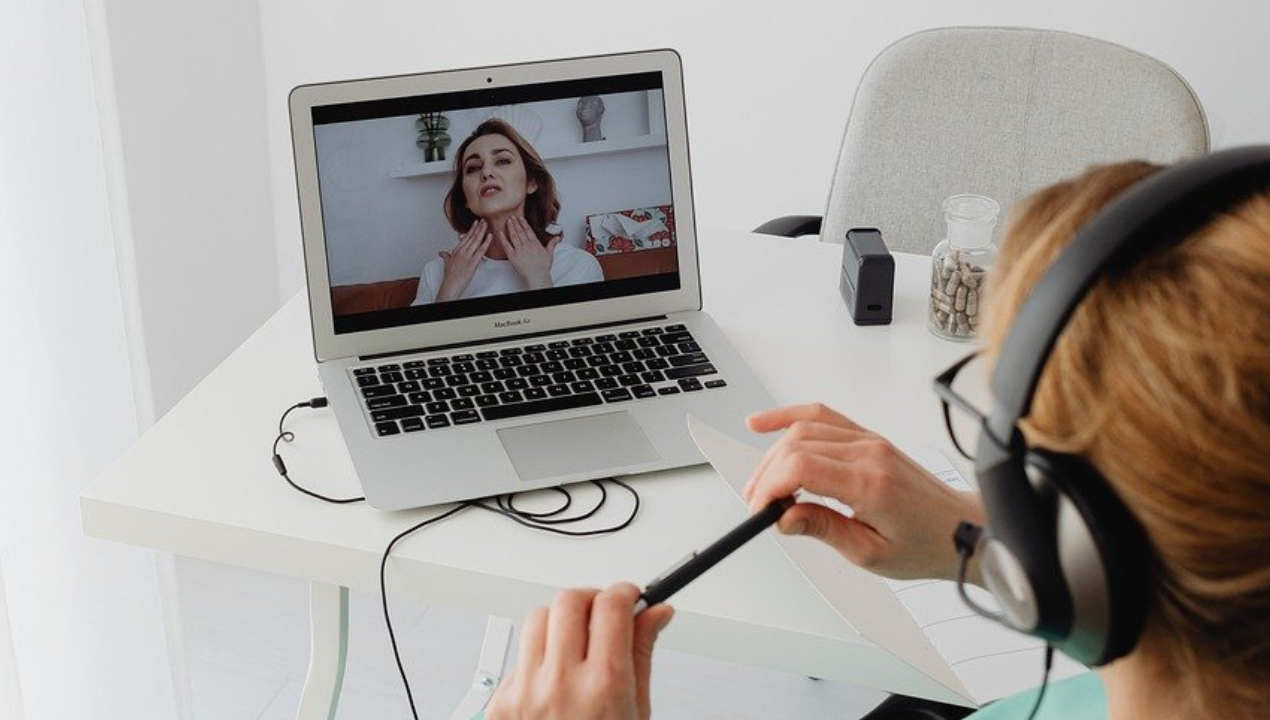3 min read
NPACE Notes: May Newsletter
From the Director Telehealth: Why this path to healthcare access matters & why NPs should embrace itBy: Terri Schmitt PhD, APRN, FNP-BC, FAANP...
2 min read
 Terri Schmitt PhD, APRN, FNP-BC, FAANP, Executive Director, NPACE
:
May 2, 2024 9:57:00 AM
Terri Schmitt PhD, APRN, FNP-BC, FAANP, Executive Director, NPACE
:
May 2, 2024 9:57:00 AM

Telehealth: Why this new path to healthcare access matters & why NPs should embrace it
By: Terri Schmitt PhD, APRN, FNP-BC, FAANP
Executive Director, NPACE
Part of what fueled my desire to become an NP was born from the imperative I encountered in my nursing practice to improve access to care. I decided firmly to attend NP school in my role as a middle school nurse where daily I encountered parents and families with limited to no health insurance, financial means, nor access to care. This value has peppered many of my career choices in trying to find even bigger ways to impact access, from choosing to work in rural health, to help build a satellite pediatric endocrinology clinic in a place where there were no pediatric endocrinologists, serving in a university founded community access clinic, and now working in Telehealth. Telehealth is surprisingly one of the best ways I’ve seen in 30 years in healthcare with significant impact on access.
Through my telehealth practice I am able to reach numerous rural, uninsured, underinsured, and adult Medicaid patients across several states. Each shift I work I care for all sorts of conditions and people in a variety of communities. Initially, I was a skeptic in the effectiveness of telehealth as a method of healthcare delivery, but after nearly 4 years in this role I have come to deeply value the ability to reach any patient, anywhere, anytime, and meet some of their health needs better than I could in a brick-and-mortar office.
Recently, I had the privilege of leading a panel discussion with Dr. Brad Haupright and Nurse Practitioner Bernadette Donovan two other telehealth clinicians on why telehealth matters to the U.S. healthcare solution puzzle. Key points made by this panel:
These are just a few of the great points made during this panel discussion. To learn more about why clinicians are turning to telehealth for practice, using it ourselves for healthcare needs, and recommending it to patients tune into the Friends of NPACE Podcast Episode 14: Telehealth, we aren’t just phoning it in! A discussion with a telehealth provider panel.
I’d love to hear from you. What ways are you impactive access to care? Does the continuing education learning you take in to improve your access and if so, in what ways? What learning do you seek out to improve your ability to provide access?
Drop me a line on any of this or your thoughts on telehealth at my email at tschmitt@npace.org and thank you for being a part of a profession that continues to ensure that patients have access to quality healthcare.
3 min read
From the Director Telehealth: Why this path to healthcare access matters & why NPs should embrace itBy: Terri Schmitt PhD, APRN, FNP-BC, FAANP...
I Want My Continued Learning to Mean Something!By: Terri Schmitt PhD, APRN, FNP-BC, FAANPExecutive Director, NPACE
3 min read
From the Director The 2024 ADA Diabetes Guidelines: Critical Yearly Practice Updates Every Clinician Should ReadBy: Terri Schmitt PhD, APRN,...